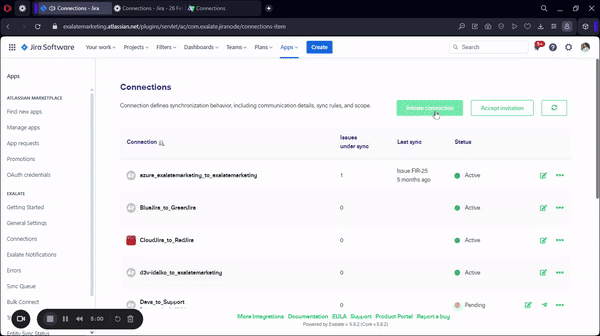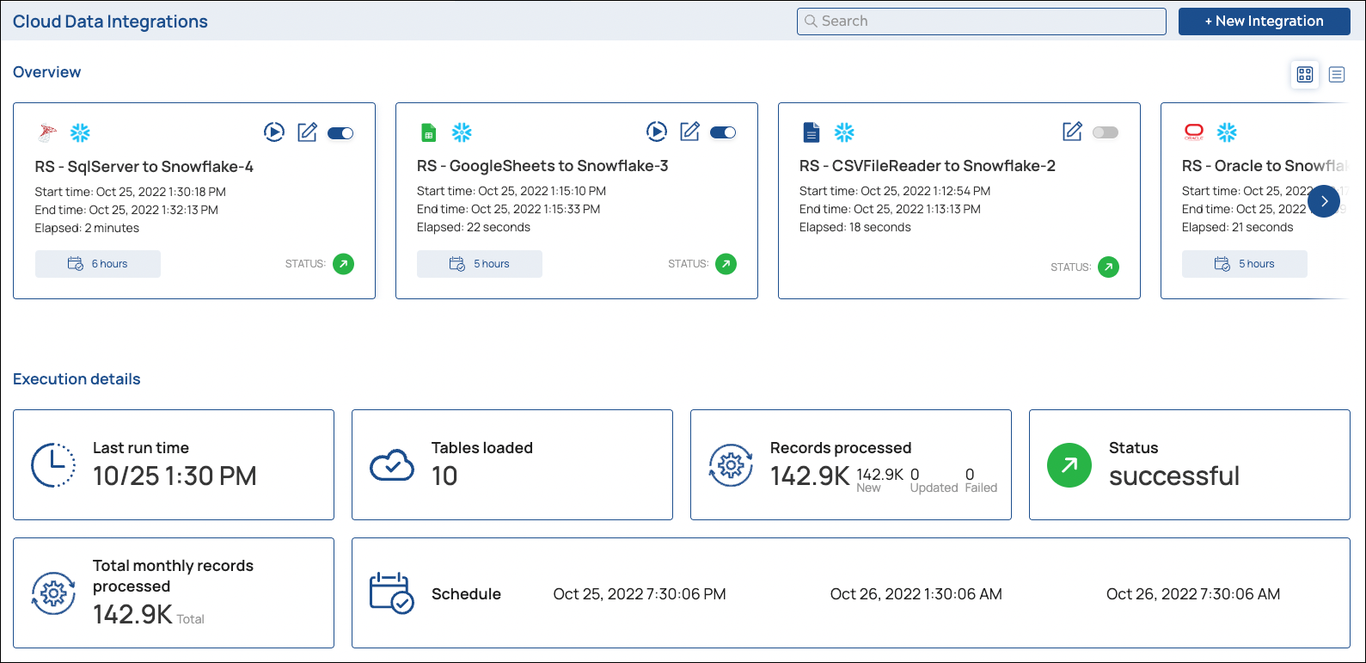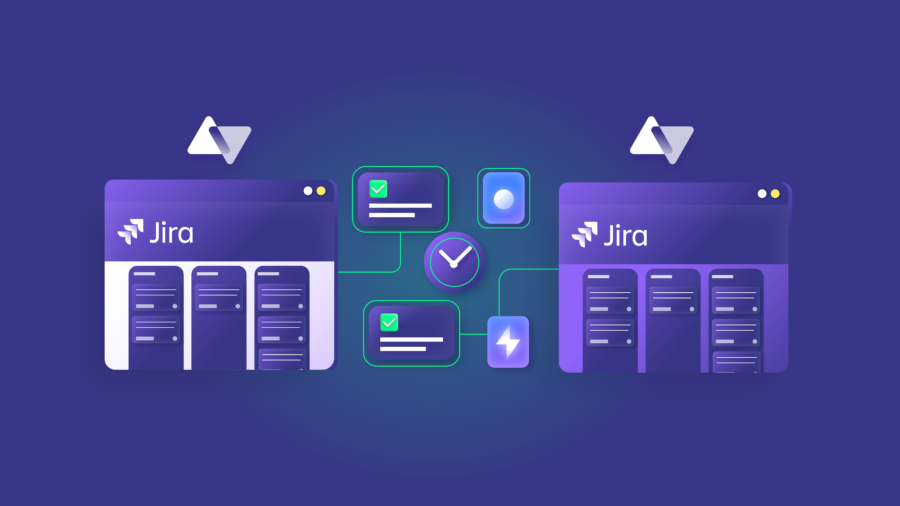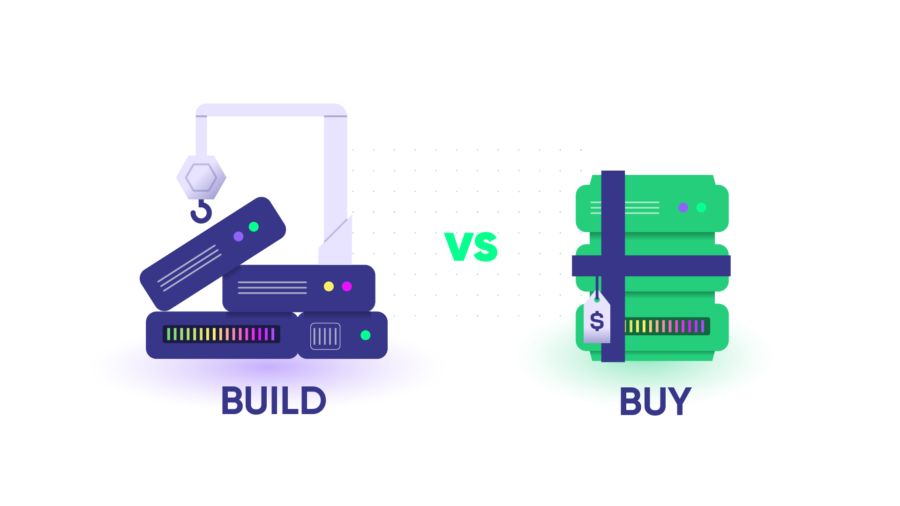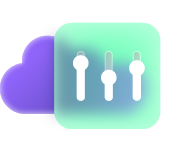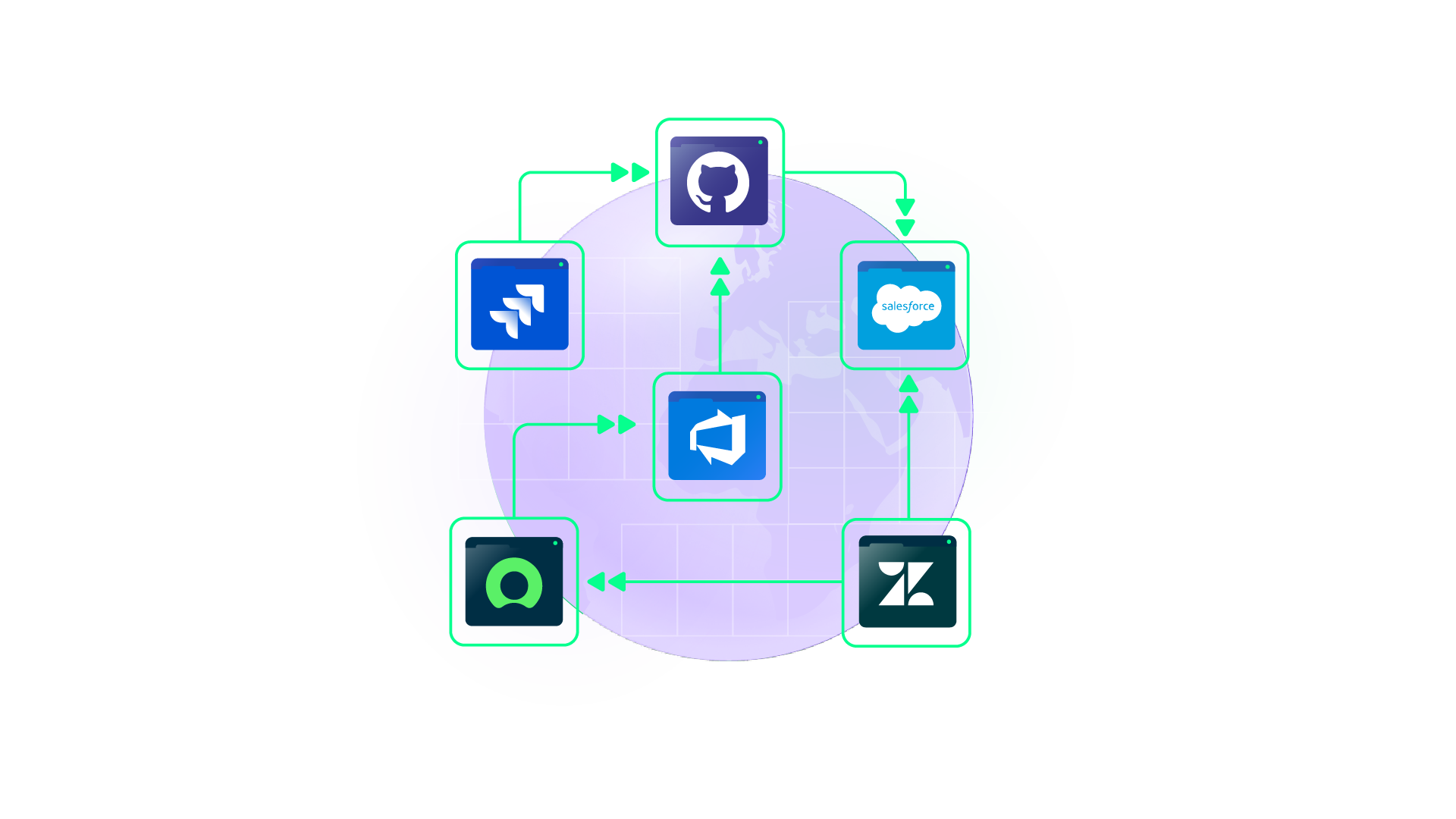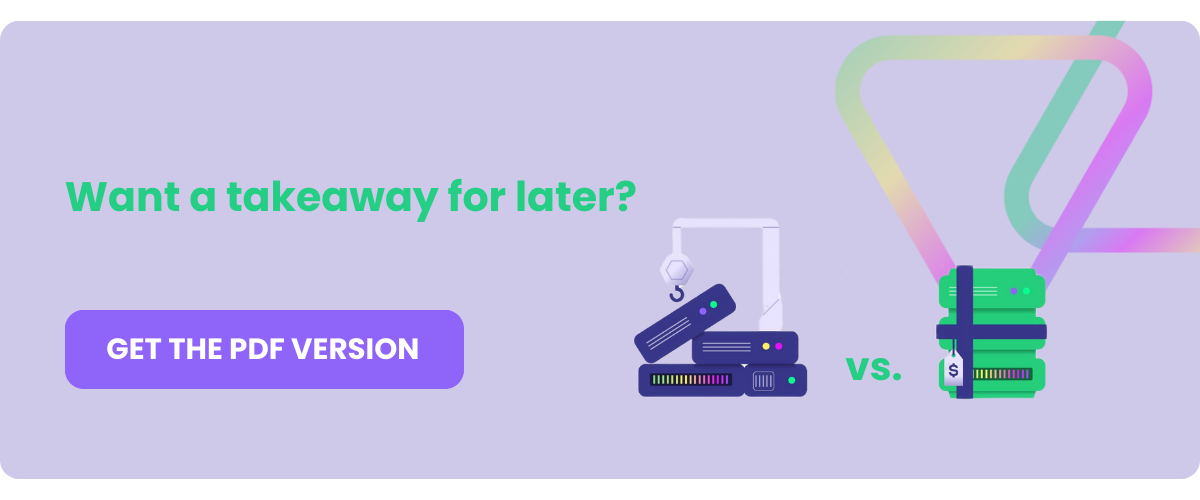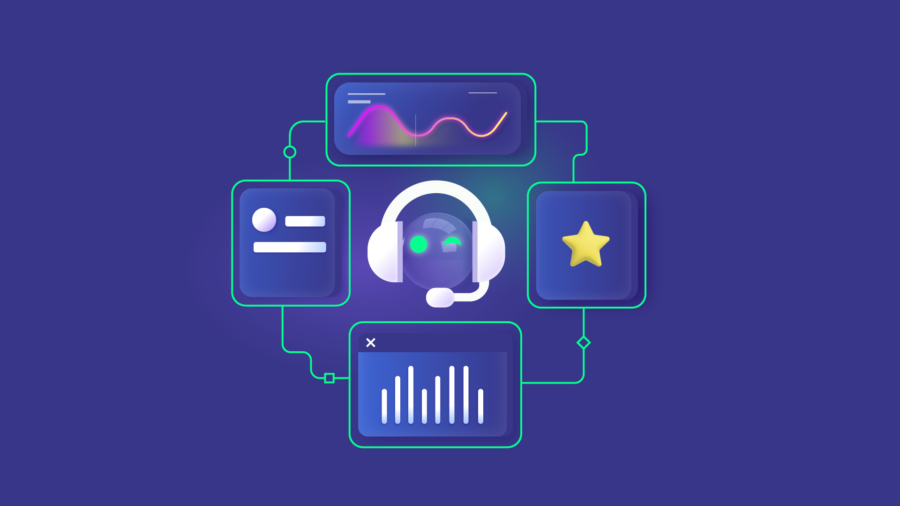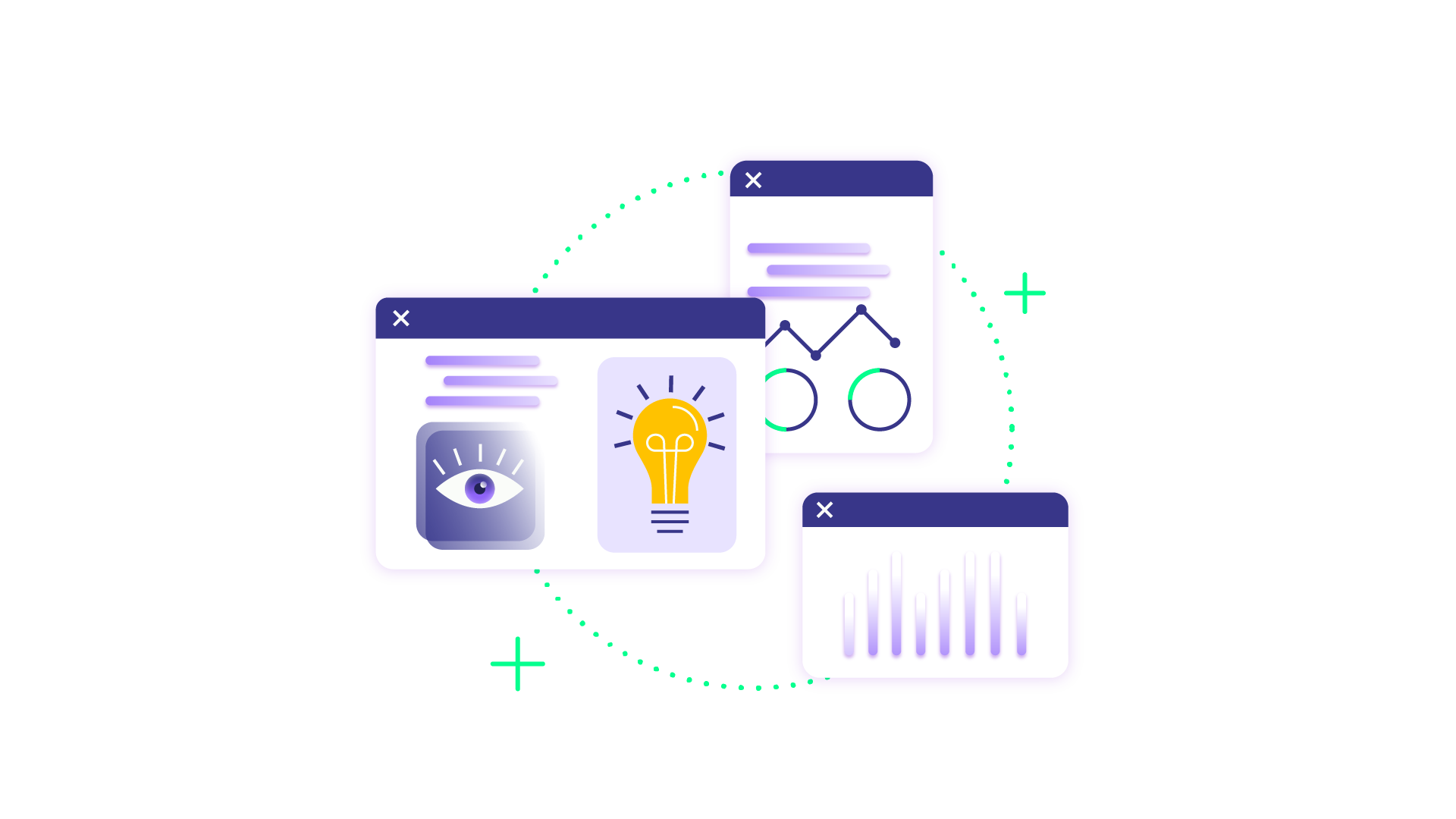Tasktop is a tool that provides integration solutions for connecting apps in order to share data seamlessly. In this article, we’re going to discuss Tasktop alternatives for business.
Recently acquired by Planview, Tasktop provides an integration hub that uses pre-built integration models to sync information and monitor usage data and ROI.
But Tasktop is not the answer to all integration problems. Your business might want a tool with more security features, custom connectors, or cheaper pricing.
We’ll briefly review all Tasktop competitors to see which one offers the best substitution for your organization.
What is Tasktop?
Tasktop (also known as Planview) is a value stream management solution that allows organizations to visualize and connect multiple tools within their ecosystem.
When it comes to connecting systems, Planview Tasktop provides a software toolchain integration solution known as Planview Hub (also Tasktop Hub and Planview Tasktop Hub).
With Tasktop Hub, users can set up connections between systems using a point-and-click no-code interface. Non-tech users can also use Tasktop connectors to sync their applications.
Some Tasktop technologies and features that can benefit your business or non-profit include:
- Product management and development
- Comprehensive dashboard reporting
- Variable data integration models
- Test management and coverage
- Event-driven artifact creation
- Out-of-the-box connectors
- IT service management
- Intuitive field mapping
- Revenue calculators
- Regulatory support
Users can also improve their workflows with several Tasktop integrations for ITSM, agile management, ALM, test management, and others. Supported platforms include Jira, ServiceNow, Azure DevOps, Micro Focus ALM, Asana, Broadcom, etc.
Most available Tasktop reviews are positive (4.2 out of 5 on G2), which indicates that the customer perception is fairly good.
Tasktop Limitations
Tasktop only provides pre-built connectors, which makes customization difficult for users looking to explore advanced use cases.
Besides, finding the location of the Tasktop documentation felt like a mini treasure hunt. But when I finally found it, I was impressed by the extensive explanations and content structure.
To get the current Tasktop pricing, you’d have to reach out to the sales team. You can also get in touch with them via the Tasktop support portal.
Now that you understand what Tasktop has to offer, it’s time to look at alternatives.
Zapier
Zapier is a workflow automation software for business and non-commercial use. Every Zap you create starts with a trigger that controls the automation over a drag-and-drop interface.
Zapier users can also set up connections using webhooks, paths, filters, and an AI-powered data formatter. Teams in sales, HR, development, customer service, and IT can use Zapier to improve productivity.
As one of the best no-code integration and automation solutions, Zapier is home to over 6000 default connectors, Zaps, and tables.
Here is the Zapier pricing table:
- Free
- Starter starts from $29.99 per month ($19.99 per month paid annually)
- Professional starts from $73.50 per month ($49 per month paid annually)
- Team starts from $103.50 per month ($69 per month paid annually)
- Company (available on-demand)
Zapier vs Tasktop
Companies and startups in different sectors prefer Zapier to Tasktop Planview because it has way more standard connectors.
Exalate
Exalate is a low-code integration solution that supports data synchronization between teams—and externally with partners, vendors, and MSPs.
Users with no technical experience can start with Exalate’s Basic mode before upgrading to the low-code Script mode.
Using the Groovy-based Script mode users can implement any advanced integration scenarios. This mode is also AI-enabled meaning you can generate sync scripts using AI based on human prompts. Just type your sync requirements in the chat window and AI Assist will generate scripts based on current configurations, your input, and Exalate’s scripting API.
Companies can also explore the Exalate IaaS option when connecting internal and external processes. And you can automate all connections using custom triggers.
Exalate has three plans: Free, Premium, and Enterprise. To find out how much it will cost for your use case, reach out to the sales team.
Exalate vs. Tasktop
Businesses choose Exalate over Tasktop because it comes with a Groovy scripting engine for configuring advanced use cases if the pre-built options don’t cover your needs.
Boomi
Boomi is a multi-cloud integration platform that supports application integration as well as API management.
With Boomi’s Master Data Hub, you get a 360 view of your company’s data, which you can plug into Event Streams.
You can host Boomi in the cloud or on-premise in order to access over 300,000 endpoints and pre-built connectors.
After the free trial, you can upgrade to any of these paid plans:
- Professional
- Pro Plus
- Enterprise
- Enterprise Plus
To get the exact cost of implementing your integration use case, reach out to the sales team.
Boomi vs Tasktop
Tasktop is no match for Boomi when it comes to endpoints. Boomi supports a broader array of connectors, including Salesforce, Oracle Netsuite, SAP, AWS, and Workday.
Jitterbit Harmony
Jitterbit Harmony is a low-code integration platform that allows businesses to connect systems and build applications. You can use the web-based Harmony Portal to access all applications, statistics, and training documentation.
Features available to Harmony users include Cloud Studio, API Manager, Vinyl LCAP, Management Console, Marketplace, and pre-built integrations.
Jitterbit offers three plans: Standard, Professional, and Enterprise.
Jitterbit Harmony vs Tasktop
Although the system requirements vary by the feature you want to use, Jitterbit Harmony still offers more value for money than Planview Hub.
SnapLogic
SnapLogic uses Snaps (prebuilt integrations) to automate workflows and integrate data between organizations and systems.
Your organization can use SnapLogic to integrate data and applications, as well as to manage APIs. You can also access other AI and LLM options, including SnapLogic AI and SnapGPT, to speed up integrations.
Information from the SnapLogic blog shows that you can get Premium Snaps or Core Snaps.
Core Snaps are free with CRUD capabilities.
Premium Snaps have two tiers with a starting price of $9995.00 per year:
- Tier One (+$45k)
- Tier Two (+$15k)
*You need to confirm price changes from the sales team.
SnapLogic vs Tasktop
Apart from API management, SnapLogic outperforms Tasktop Hub thanks to generative AI and language learning models.
IFTTT
IFTTT is an automation solution for business and home use. It allows you to connect AI tools, productivity and lifestyle apps, social media platforms, lead management platforms, and customer communication tools.
IFTTT has a no-code platform that puts your integrations in your palms through mobile apps (Android and iPhone).
Here are the available IFTTT plans:
- IFTTT Free
- IFTTT Pro — $34.99 billed annually ($3.46/month)
- IFTTT Pro+ — $149.99 billed annually ($14.99/month)
IFTTT vs. Tasktop
IFTTT is a viable Tasktop alternative if you are looking for an integration tool with a mobile-friendly option.
Workato
Workato is an IPaaS solution that provides intelligent automation for connecting systems and platforms.
Workato uses a set of instructions called “recipes” to control and automate complex workflows. These recipes interact with the REST endpoints of connected applications.
Recipes are divided into two:
- Triggers (conditions that prompt an action)
- Actions (a set of available actions for every connector).
Workato’s connector library is also home to hundreds of DevOps, productivity, collaboration, HR, and customer service tools. You can also access custom integration recipes.
To find out how much Workato costs, you need to contact the sales team for a detailed breakdown of their pay-per-use model.
Workato vs. Tasktop
Workato provides a broader library of endpoints and integration recipes compared to the options available for Tasktop.
Informatica
Informatica is a cloud-based data management platform that uses the ETL process to automate workflows and business processes.
As a data integration solution, Informatica offers features such as MDM & 360 applications, as well as Customer 360. It also supports intelligent automation and API and application integration.
Businesses can also use the CLAIRE AI engine to automate data management tasks in order to improve productivity and data democratization. You can obtain a quote for Informatica pricing on demand.
Informatica vs. Tasktop
Informatica is a good Planview Tasktop alternative for companies looking for generative AI integration as well as cloud computing.
Oracle Integration Cloud (OIC)
Oracle offers cloud infrastructure integration services for companies looking to connect work management systems, databases, applications, and other data sources.
The integration cloud contains a suite of prebuilt adapters complemented by low-code customization options for advanced use cases.
Connecting to the Integration Cloud gives you access to API full lifecycle management, Kafka-compatible event streaming, and Oracle GoldenGate for real-time integration and analytics.
You can use the cost estimator to find out how much you need to pay for every service option you require.
OCI vs. Tasktop
OCI is better than Tasktop Planview because it offers you several data management tools under the Oracle banner. You can even use the solution to migrate data.
ONEiO
ONEiO is a cloud-native integration solution that enables seamless synchronization with systems, applications, and service providers.
Supported connectors include Okta, HubSpot, TOPdesk, Slack, Netvisor, Trello, and others.
ONEiO also comes with a custom scripting engine that allows you to connect to different endpoint types in order to retrieve the relevant data.
You can start a free trial, or you can contact the ONEiO sales team for a detailed price quote.
ONEiO supports multiple connectors, including communication apps, work management systems, and DevOps tools.
ONEiO vs. Tasktop
ONEiO one-ups Tasktop, thanks to its AI-powered scripting engine. However, Tasktop supports more integration endpoints than ONEiO.
Exalate: The Best Tasktop Alternative
If you are looking for a Tasktop alternative with an AI-enabled scripting engine, Exalate is the must-have option.
With Exalate’s IaaS option, you can explore several possibilities, from Jira service desk integrations to custom Salesforce ServiceNow integration. MSPs can also use Exalate to improve collaboration with clients.
Exalate also supports bidirectional integration between platforms such as Jira, Salesforce, ServiceNow, Zendesk, Azure DevOps, GitHub, and many others.
To find out more about Exalate’s robust integration tool, book a demo with our engineers right away.
Recommended Reading:















